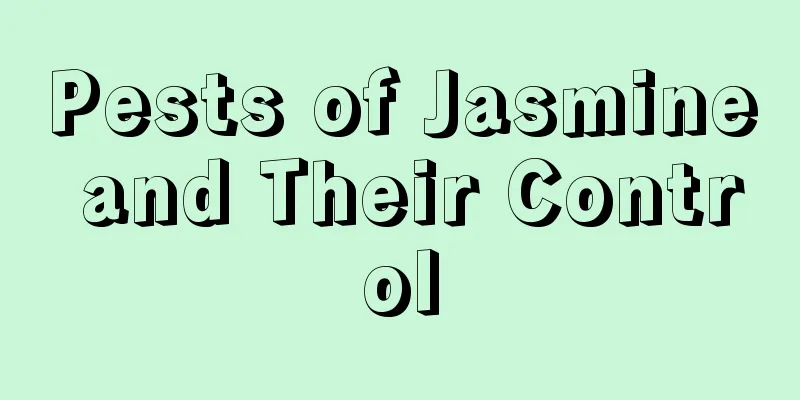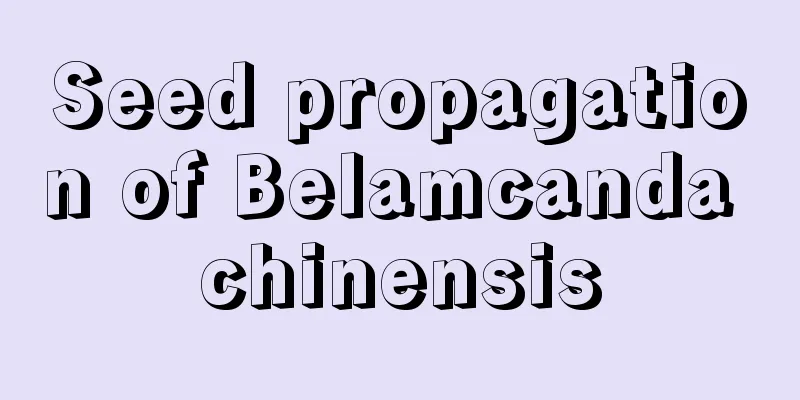When is the best time to plant white radish?

|
White radish is a very common vegetable in rural areas, especially in the north. A lot of it will be stockpiled in winter. White radish can be cooked in many ways. It can be eaten raw, stewed, stir-fried, and paired with various meat foods to relieve greasiness. So when is the best time to plant white radish? When is the best time to plant white radish? 1. Spring White radish can be sown in spring, especially in late March to early April, when the soil temperature is stable at above 10°C. 2. Autumn Autumn sowing is usually carried out from August to September, when the climate is cool and suitable for the growth of white radish. 3. Winter In warm southern regions, white radish can also be sown in winter, but you need to choose varieties that are resistant to bolting. Common diseases and pests of white radish (1) Black spot disease (also known as black mold) Black spots appear on the leaves, and in severe cases the leaves die. Prevention and control methods include crop rotation, timely removal of diseased and damaged plants, proper irrigation to avoid excessive humidity, and the use of appropriate fungicides . (2) Soft rot Caused by bacteria, the diseased plant tissues soften and rot, and there is a foul odor. Prevention and control measures include the selection of disease-resistant varieties, proper irrigation, timely removal of diseased plants, and spraying with agricultural streptomycin and other pesticides in the early stages of the disease. (3) Clubroot Tumors appear at the roots, affecting the normal growth of radishes. Prevention through selection of disease-resistant varieties, crop rotation, and improvement of soil structure. (4) Aphids It sucks the sap from the leaves, causing them to deform and curl. Yellow sticky insect boards can be used to lure and kill adult insects, or low-toxic pesticides such as imidacloprid can be used for prevention and control. (5) Diamondback moth The larvae eat through the leaves, creating holes. Control is carried out through physical control such as the use of sex attractants, or spraying of biological pesticides such as Bacillus thuringiensis (Bt). (6) Yellow-striped flea beetle Both adults and larvae can damage radishes, causing leaf notches or root damage. It can be controlled by artificial capture or the use of pesticides such as cypermethrin. In general, white radish is a semi-cold-resistant vegetable that is suitable for growing in cool climates. You can refer to it according to your specific situation.
|
<<: How does Epiphyllum survive the winter?
>>: How to plant Amaryllis bulbs
Recommend
How to prune silk cotton wood
When to prune the silk cottonwood The silk cotton...
Add a little bit of this to rice water, and the fertilizer effect will increase 10 times. Any flower that drinks it will grow wildly!
Add some brown sugar to rice water Benefits of br...
Can bougainvillea be planted in sand?
Can bougainvillea be planted in sand? When planti...
When is the best time to plant autumn cucumbers?
Cucumber is a common vegetable on the table. It h...
Ranking of new high-yield chili pepper varieties (what is the highest-yielding chili pepper variety at present)
Mars 8 Mars No. 8 is a newly bred hybrid chili pe...
How often should I water the pine?
How often should I water the pine? Vinca is suita...
What is earthworm soil?
Introduction to earthworm soil The colors of eart...
How to grow hibiscus
1. Loose loam We usually choose some that are mor...
How to grow crystal succulents well
Crystal succulent growing conditions Crystal succ...
How to prune apple trees and when and how to do it
Apple tree pruning time Apple trees grow relative...
Common pests of nasturtium and their control methods
Common pests of nasturtium: leaf miner Symptoms o...
How to grow African jasmine in winter
1. Keep warm When growing African jasmine in wint...
What are the cultivation methods and precautions of Polygonum multiflorum
How to grow pine The suitable growth temperature ...
How much is the yield of chili pepper per mu? How much is the annual income of planting one mu of chili pepper?
Pepper yield per mu There are many varieties of c...
How much is the yield of Gaola 819 pepper (introduction to the characteristics of Gaola 819 chili pepper variety)
High-spicy 819 pepper production Gaola produces 1...









